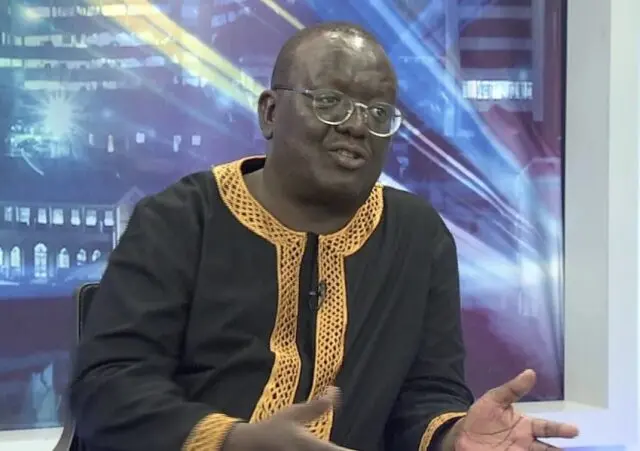PBO cautions on State spending cuts

Parliamentary Budget Office (PBO) has cautioned against measures to cut government spending saying reducing expenditure amidst a global recession could be counter-productive.
When President William Ruto was sworn in September last year, he pledged to reduce government expenditure by Sh300 billion with the aim to limit external borrowing and reduce Kenya’s public debt.
PBO is, however, warning that this move may not be economically sound at the moment considering that the world is currently experiencing a global recession.
Instead, PBO urged government to consider injecting money into the financial system saying reducing government expenditure, will invariably lead to lower output.
“Despite the perceived gains of fiscal consolidation on debt accumulation, conventional wisdom indicates that this is likely to have a contractionary effect on economic activity, at least in the short run,” said PBO in a recent report.
“Economic theory heralds that in order to spur economic production in times such as what Kenya is currently facing, the economy requires injections into the financial system. The strategy adopted by the new administration of fiscal consolidation is in contrast,” it adds.
Some of the government spending areas targeted by the cuts include travel, entertainment, training and publicity budgets among others.
PBO is a non-partisan professional office of the Parliament whose primary function is to provide professional services in respect of budget, finance and economic information to committees of Parliament.
The government sought to institute budget austerity measures that would see the fiscal deficit for financial year 2022/2023 drop to 5.7 per cent of GDP from 6.2 per cent, a Sh300 billion reduction.
Debt burden indicators
PBO says it is now confirmed that Kenya’s debt situation looks bad with the country having breached four of six debt burden indicators.
“That the country is facing significant debt vulnerabilities is no longer a matter of conjecture. IMF Debt Sustainability Analysis for 2022 established that Kenya is in breach of four of the six indicative thresholds for debt burden indicators… This essentially means that the country is at a significantly higher risk of debt distress,” reads the report in part.
As at June 2022 the total debt service as a percentage of revenue was estimated at 47.9 per cent implying that for every Sh100 collected as tax revenue, Sh47.9 is used to service debt. This leaves only 52.1 per cent of the tax revenue to finance an ambitious government development plan.
Latest Central Bank of Kenya data shows that Kenya’s public debt stood at Sh9.1 trillion as of December 2022 comprising Sh4.4 trillion domestic and Sh4.7 trillion foreign funding.
Additionally, there are concerns that the country is living beyond it means, it is not generating enough foreign exchange from exports to comfortably service external debts, according to PBO.
Despite this, PBO has cautioned against reducing government spending and advised the government to focus more on productivity as well as on empowering the private sector to drive economic growth.
The caution by PBO, however, comes at a time when the government is saying it has already attained the Sh300 billion reduction in spending.
On February 3, the National Treasury in a press statement reiterated that the government has attained its goal of cutting spending by Sh300 billion.
“The National Treasury wishes to restate that the government’s intent to cut spending by Sh300 billion has been attained and will be sustained to the end of the fiscal year. This is a reflection of resource management that will add value and promote sustainability under the Bottom-Up Economic Transformation Agenda (BETA),” Treasury said.












